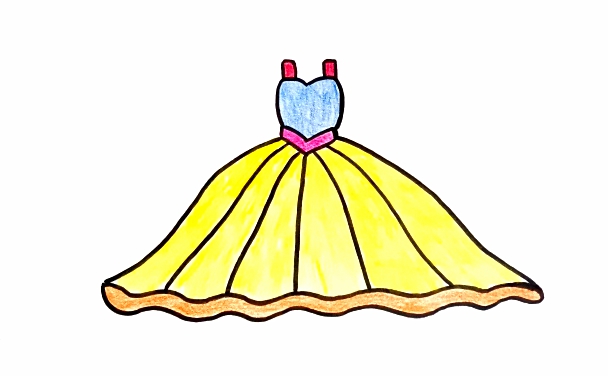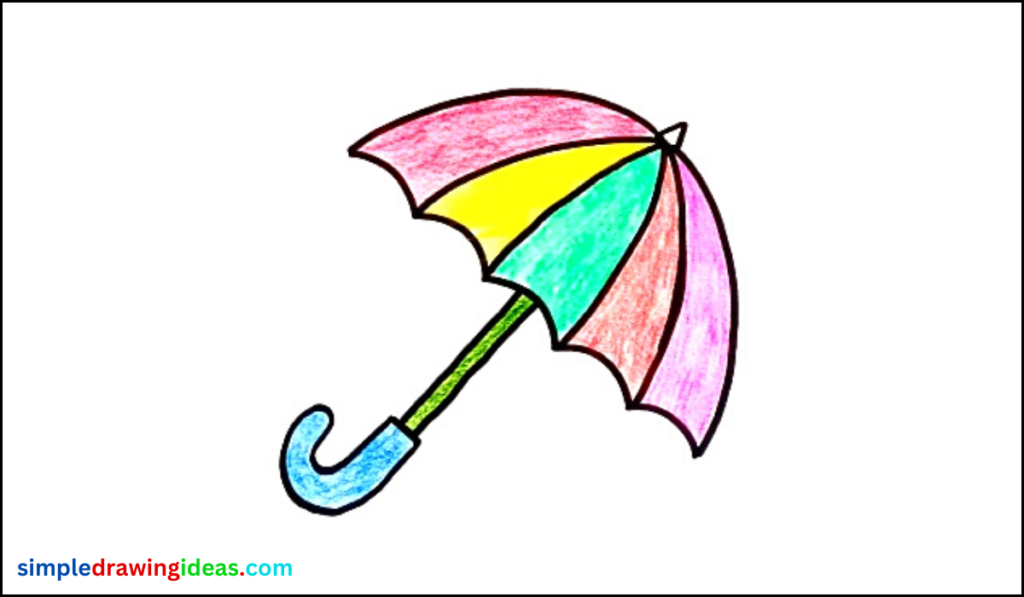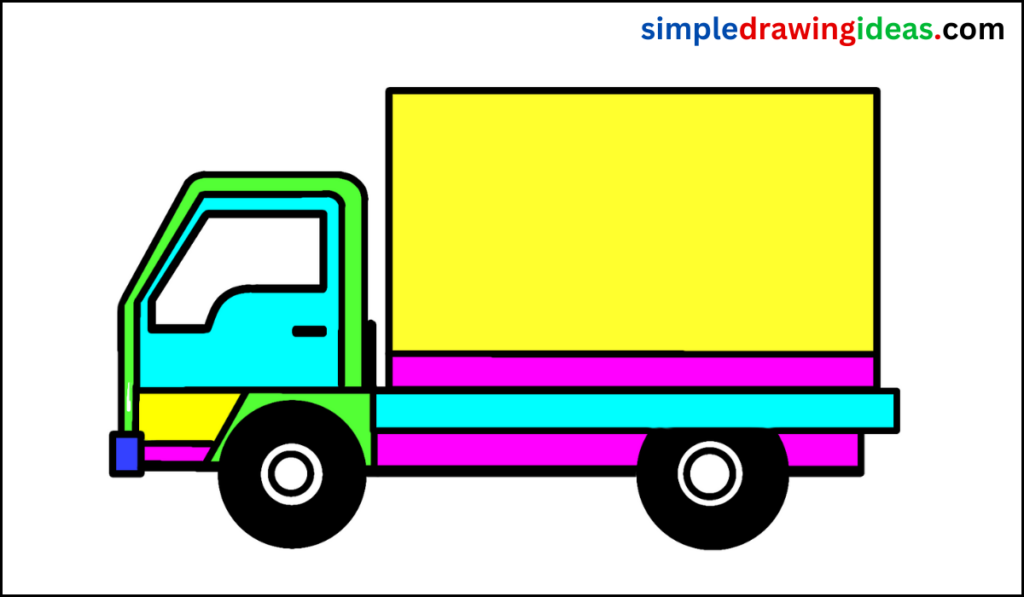Hello guys, in this drawing lesson, I will show you how to draw a Flower step by step for beginners.
This simple instruction will consist of five steps.
For more drawing videos, you can visit my youtube channel: Easy Drawings.
Drawing a flower can be a great way to express your creativity and explore your artistic side.
Flowers come in many different shapes, sizes, and colors, making them an ideal subject for any type of drawing or painting.
Whether you’re a beginner or an experienced artist, drawing a flower can be a fun and rewarding experience.
In this article, we will provide you with a step-by-step guide on how to draw a flower, including tips on sketching the basic shape, adding detail, creating texture, and using color.
One of the key things to keep in mind when drawing a flower is to start with the basic shape.
This can be done by using a pencil and lightly sketching an oval or circle for the center of the flower, and then adding the petals around it.
Once you have the basic shape of the flower, you can begin to add more detail, such as the individual petals, the stem, and any leaves or other foliage that may be present.
Another important aspect of drawing a flower is paying attention to the direction of the light.
If the light is coming from one direction, it will cast shadows on the other side of the petals, which will make your flower look more realistic.
To create texture and depth in your drawing, you can use different pencil strokes, such as short, light pencil strokes for a soft, fluffy look, or longer, darker strokes for a more detailed and textured look.
How to draw a Flower step by step
Materials
- Pencil
- Paper
- Eraser
- Coloring supplies
Time needed: 20 minutes.
- Step 1
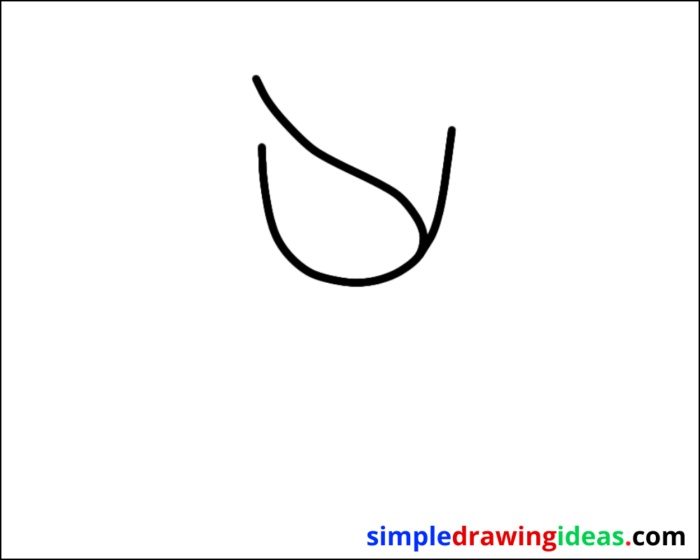
To depict the stamen in your flower drawing, use a wavy line to create the round shape of the stamen.
- Step 2
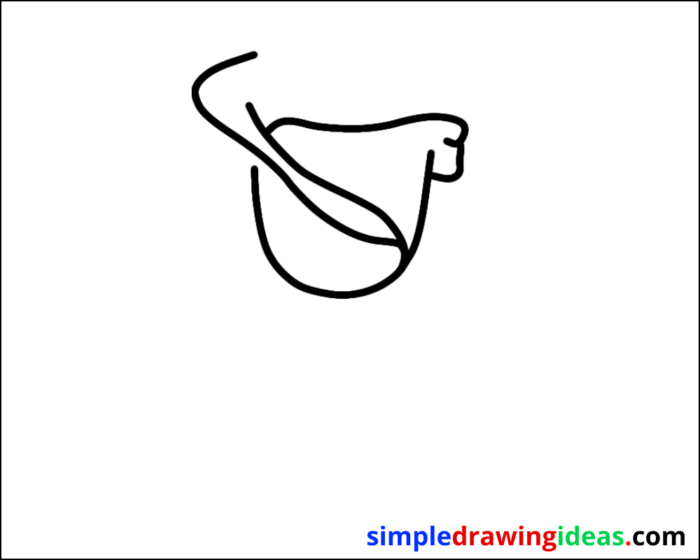
Around the stamen, draw a few brief petals.
- Step 3
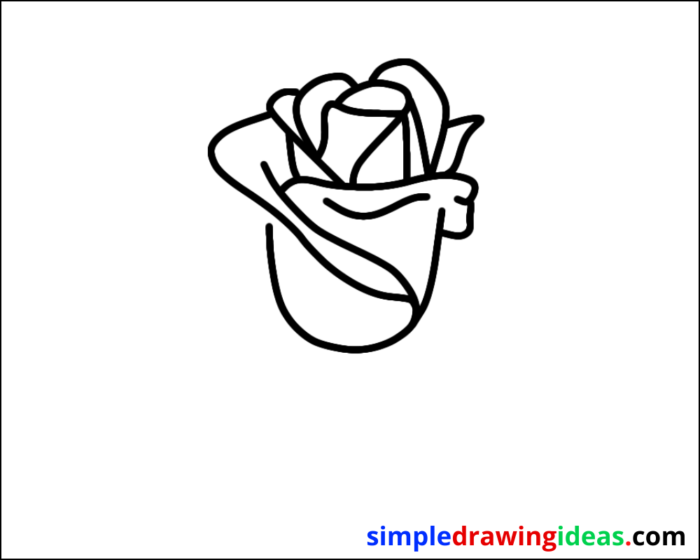
To continue depicting the petals in your flower drawing, on the other side of the stamen,
add the same short petals you drew earlier.
- Step 4
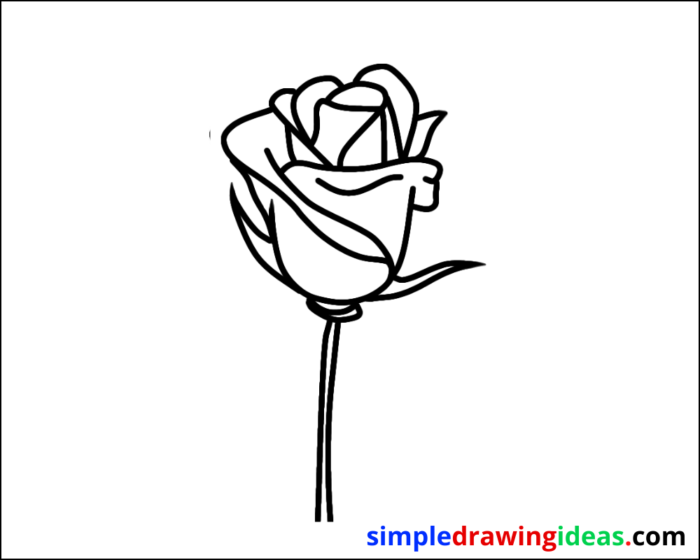
To complete the overall structure of your flower illustration, draw a thin stem at the bottom of the flower and add the narrow leaves on each side.
- Step 5
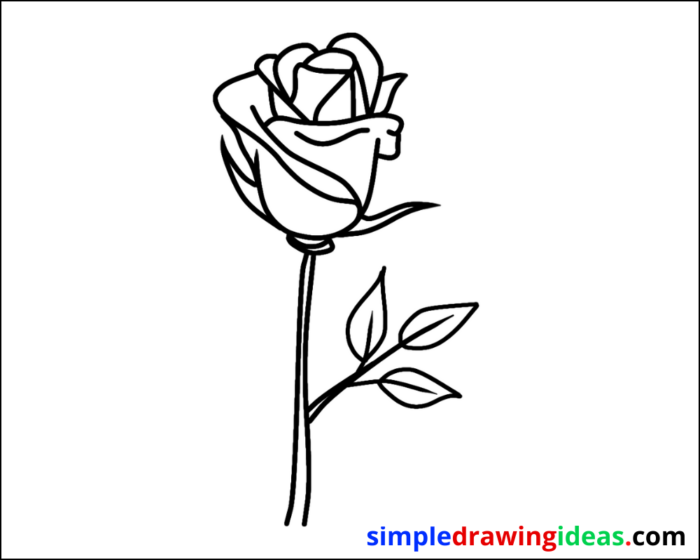
To add color to your flower drawing, you can use different types of mediums such as watercolors, colored pencils or markers.
When using watercolors, you can mix the colors on a palette to create the desired shade and then use a paintbrush to apply the color to the petals, stamen, stem and leaves.
With colored pencils, you can layer the colors to create more depth and dimension.
And when using markers, you can use different tip widths to create different line widths and achieve more detailed coloring.
It’s also important to consider the direction of the light when coloring.
If you’ve previously determined the direction of light in your drawing, you can use that information to shade the areas that would be in shadow.
This will make your flower look more realistic and 3 dimensional.
How can you make your flower drawing stand out and be unique?
There are several ways to make your flower drawing stand out and be unique:
Experiment with different perspectives: Instead of drawing a flower in the traditional way, try looking at it from a different angle.
This can add a new dimension to your drawing and make it more interesting to look at.
Use unconventional materials: Instead of using traditional art supplies like pencils and paint,
try using unconventional materials like coffee, ink or even food to create a unique look.
Incorporate other elements: You can add other elements like insects, birds or other flowers to create an interesting composition.
Play with different textures: Use different techniques like cross hatching, stippling, or impasto to add texture and depth to your drawing.
Use an interesting color palette: Instead of using traditional flower colors,
try experimenting with a unique color palette to make your drawing stand out.
Add a dash of abstraction: You can play with abstraction and simplify the flower’s form to make it more stylized and less realistic.
Use mixed media: Mix different mediums such as pencils, paint, and ink to create a dynamic and layered look.
By experimenting with different techniques and materials, you can create a unique and visually striking flower drawing that stands out from the rest.
How can you use leaves and other foliage to complement your flower drawing?
Leaves and other foliage can be used to complement a flower drawing in several ways:
Use leaves to create a sense of movement: By positioning the leaves in different directions, you can create a sense of movement and dynamism in your drawing.
se foliage to create a sense of depth: By drawing the leaves and foliage in the foreground,
you can create a sense of depth and make the flower appear to be in the background.
Use foliage to create a sense of scale: By drawing larger leaves and foliage in the background and smaller leaves in the foreground,
you can create a sense of scale and make the flower appear larger or smaller.
Use foliage to create a sense of context: By including other flowers, leaves, and foliage in your drawing, you can create a sense of context and make the flower appear to be part of a larger ecosystem.
What materials can be used to add color to a flower drawing?
There are several materials that can be used to add color to a flower drawing, including:
Watercolors: Watercolors are a popular choice for flower drawing because they allow you to create a wide range of colors and effects, from soft washes to more intense hues.
You can mix the colors on a palette to create the desired shade and then use a paintbrush to apply the color to the petals, stamen, stem, and leaves.
Colored pencils: Colored pencils are a versatile medium that can be used to create fine details and precise lines.
You can layer the colors to create more depth and dimension.
Markers: Markers are a great option for adding color to a flower drawing because they are easy to use and come in a wide variety of colors.
You can use different tip widths to create different line widths and achieve more detailed coloring.
Pastels: Pastels are a great option for adding soft, subtle color to a flower drawing.
They come in a wide variety of colors and can be blended to create new shades.
Acrylics: Acrylics are a water-based paint that can be used on a variety of surfaces, including paper.
They dry quickly and can be used to create a wide range of textures and effects.
Gouache: Gouache is an opaque watercolor paint that can be used to create bright, vibrant colors.
It is a versatile medium that can be used for fine details and broad washes.
You can use one or a combination of these materials to add color to your flower drawing, depending on the effect you want to achieve.
Remember that with any medium, it is important to experiment and find the one that works best for you.
Conclusion
In conclusion, drawing a flower can be a great way to express your creativity and explore your artistic side.
Flowers come in many different shapes, sizes, and colors, making them an ideal subject for any type of drawing or painting.
By following the steps outlined in this article, you can learn how to sketch the basic shape of a flower,
add detail, create texture, and use color to make your flower drawing stand out and be unique.
By experimenting with different techniques, materials and perspectives,
you can create a beautiful and unique flower drawing that you can be proud of.
Remember to have fun with the process and don’t be afraid to make mistakes, as it is part of the learning experience.
More videos:
Keywords:
how to draw, drawing, easy drawing, learn to draw, simple drawing ideas, simple drawing, drawing ideas,
things to draw, stuff to draw, how to draw a flower, flower drawing,
easy flower drawing, how to draw a flower step by step.

